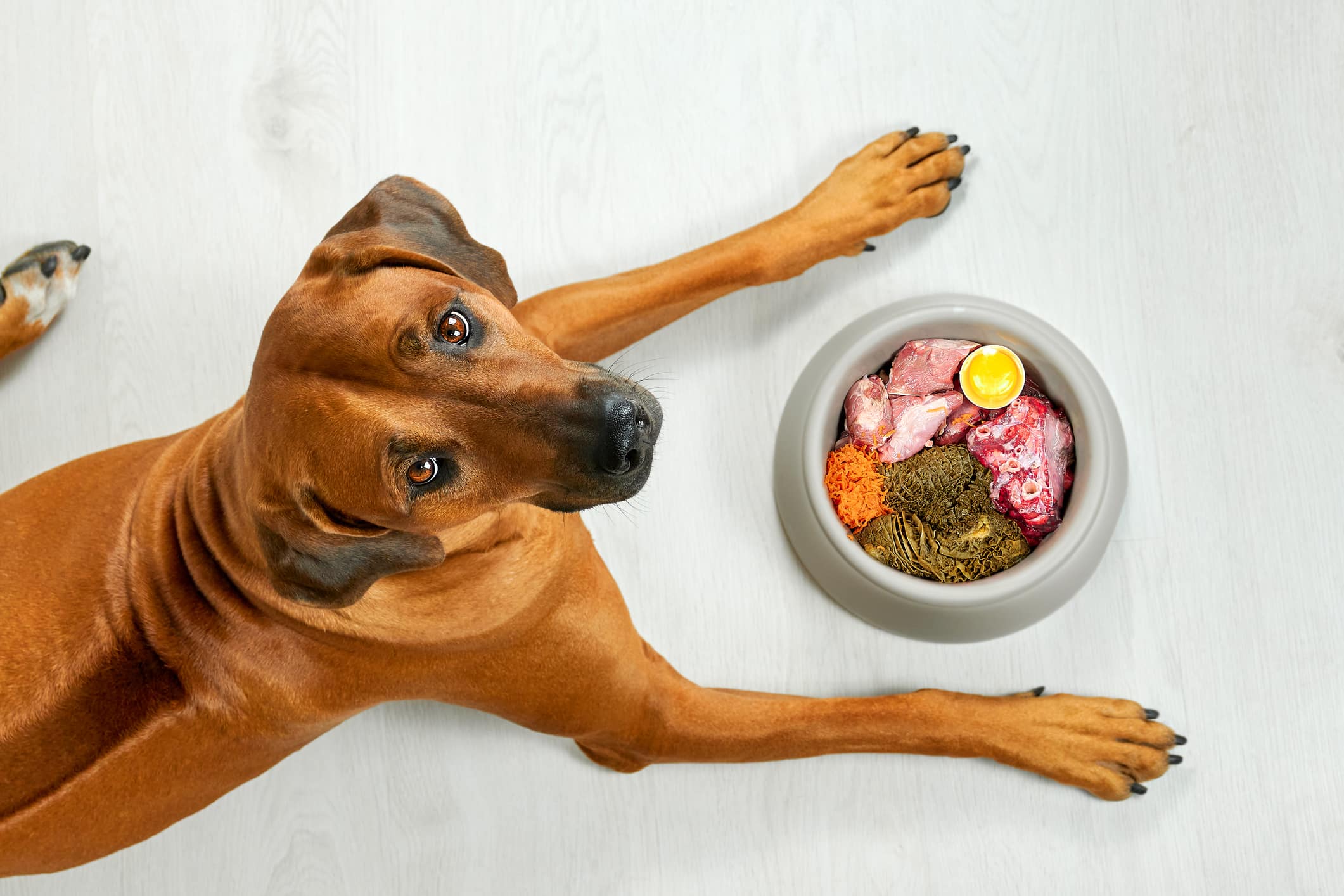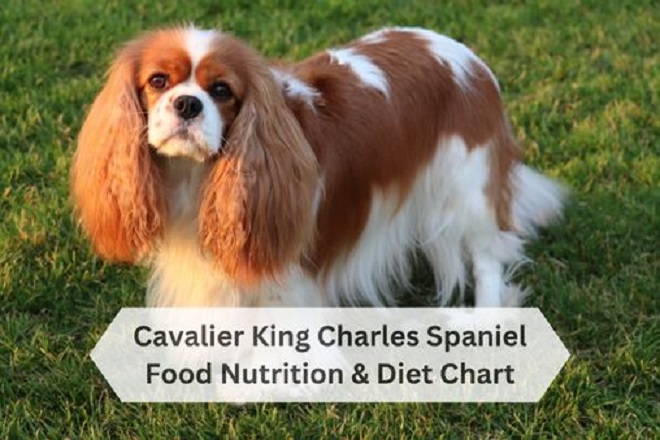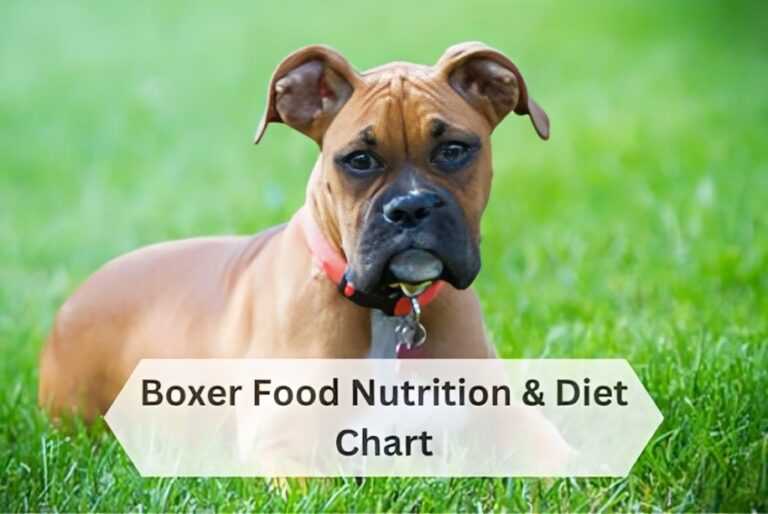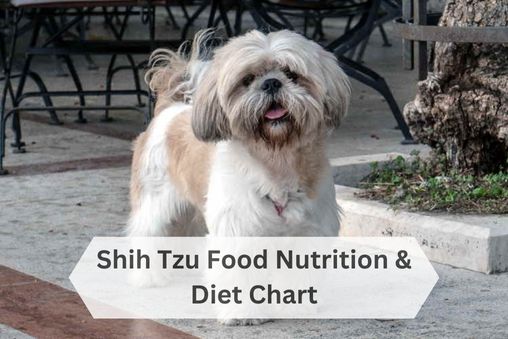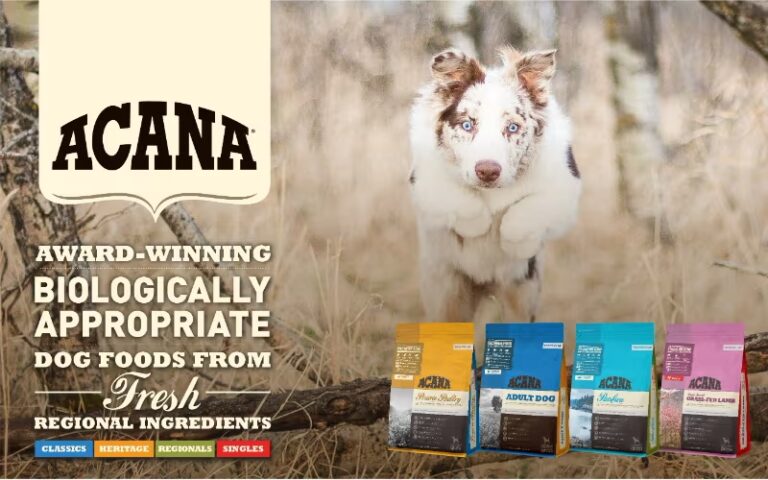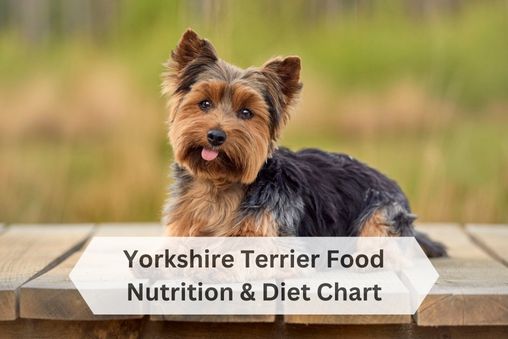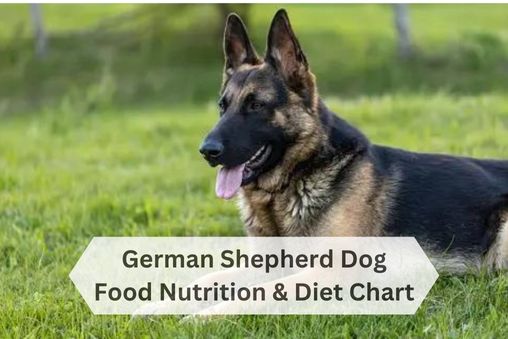Transitioning your dog to a raw food diet but unsure of where to start? Making the switch can be a daunting task, but with the right guidance and approach, it can be a smooth and successful process for both you and your furry friend. In this article, we will discuss 8 effective ways to transition your dog to a raw food diet safely, ensuring their health and well-being throughout the change. Follow these tips to make the switch as seamless as possible and see the benefits of a raw food diet for your canine companion.
Understanding the Benefits of a Raw Food Diet for Dogs
When transitioning your dog to a raw food diet, it’s important to understand the numerous benefits that this type of diet can offer. Here are some key advantages:
Improved Digestion and Nutrient Absorption
One of the main benefits of a raw food diet for dogs is improved digestion and nutrient absorption. Raw foods are easier for dogs to digest compared to processed foods, which can often contain fillers and additives that are hard on the digestive system. By feeding your dog a diet rich in raw meats, bones, and vegetables, you can help promote healthy digestion and ensure that your dog is getting the most nutrients possible from their food.
Healthier Skin and Coat
Another benefit of a raw food diet for dogs is healthier skin and coat. The natural oils and nutrients found in raw foods can help improve the overall health of your dog’s skin and coat, leading to a shinier coat and reduced shedding. Dogs with skin allergies or sensitivities may also benefit from a raw food diet, as it eliminates many of the potential allergens found in processed foods.
Enhanced Energy Levels
Finally, a raw food diet can help enhance your dog’s energy levels. By providing your dog with a diet that is high in protein and nutrients, you can help support their overall energy levels and stamina. Many dog owners report that their dogs have increased energy and vitality after switching to a raw food diet, making it a popular choice for active and working dogs.
Overall, transitioning your dog to a raw food diet can offer a variety of benefits, including improved digestion, healthier skin and coat, and enhanced energy levels. By making the switch gradually and consulting with your veterinarian, you can help ensure a smooth transition for your furry friend.
Preparing for the Transition to a Raw Food Diet
Transitioning your dog to a raw food diet can have numerous health benefits, but it’s important to prepare properly to ensure a smooth change. Here are some essential steps to take before making the switch:
Consulting with a Veterinarian
Before starting your dog on a raw food diet, it’s crucial to consult with your veterinarian. They can provide valuable insights and guidance on whether a raw food diet is suitable for your dog’s specific health needs. Your vet can also recommend any necessary supplements to ensure your dog is getting all the essential nutrients they need.
Choosing the Right Raw Food
When selecting raw food for your dog, it’s essential to choose high-quality, balanced options. Look for reputable brands that offer a variety of protein sources, fruits, and vegetables. Avoid raw food products that contain fillers, additives, or preservatives. It’s also a good idea to consider your dog’s preferences and any dietary restrictions they may have.
Gradual Introduction of Raw Food
To prevent digestive upset, it’s best to introduce raw food to your dog gradually. Start by mixing a small amount of raw food with their current diet and gradually increase the proportion over several days or weeks. Monitor your dog’s stool consistency and overall health during this transition period, and adjust the amount of raw food accordingly. This gradual approach will help your dog’s digestive system adjust and minimize any potential issues.
Monitoring Your Dog’s Progress
When transitioning your dog to a raw food diet, it’s important to closely monitor their progress to ensure they are adjusting well to the new diet. Here are some key areas to pay attention to:
Observing Changes in Stool
One of the most obvious signs that your dog is adjusting to a raw food diet is changes in their stool. Initially, you may notice that their stool is softer or firmer than usual. This is normal as their digestive system adapts to the new diet. However, if you notice persistent diarrhea or constipation, it’s important to consult with your vet to ensure there are no underlying issues.
Noticing Changes in Behavior
As your dog transitions to a raw food diet, you may also notice changes in their behavior. They may have more energy, shinier coat, or improved overall health. However, if you notice any unusual behavior such as lethargy, vomiting, or refusal to eat, it’s important to monitor closely and consult with your vet if necessary.
Regular Vet Check-ups
In addition to monitoring your dog’s progress at home, it’s important to schedule regular vet check-ups to ensure they are healthy and thriving on the new diet. Your vet can provide valuable insights and guidance on how to optimize your dog’s raw food diet for their specific needs.
By closely monitoring your dog’s progress, observing changes in stool and behavior, and scheduling regular vet check-ups, you can ensure a smooth and safe transition to a raw food diet for your beloved pet.
Common Mistakes to Avoid
When transitioning your dog to a raw food diet, it’s important to be aware of some common mistakes that pet owners often make. By avoiding these pitfalls, you can ensure a smooth and successful transition for your furry friend.
Abruptly Switching Your Dog’s Diet
One of the biggest mistakes pet owners make when transitioning their dog to a raw food diet is abruptly switching their food. This sudden change can shock your dog’s system and lead to digestive issues such as diarrhea or vomiting. It’s important to gradually introduce the new diet by mixing small amounts of raw food with their current food and slowly increasing the ratio over time.
Ignoring Your Dog’s Individual Needs
Every dog is unique, and their dietary needs can vary based on factors such as age, breed, and activity level. Ignoring your dog’s individual needs when transitioning to a raw food diet can lead to nutritional deficiencies or excesses. Consult with your veterinarian or a pet nutritionist to create a balanced diet plan that is tailored to your dog’s specific requirements.
Not Balancing the Diet Properly
Balancing your dog’s raw food diet is essential to ensure they are receiving all the necessary nutrients for optimal health. Simply feeding your dog raw meat without including other essential components such as bones, organs, and supplements can lead to nutritional imbalances. Make sure to research and follow a balanced raw food diet plan or consult with a professional to ensure your dog’s diet is complete and well-rounded.
Transitioning your dog to a raw food diet can be a rewarding experience for both you and your furry friend. By following the tips outlined in this article, you can ensure a safe and smooth change that will benefit your dog’s health and well-being in the long run. Remember to start slow, monitor your dog’s progress closely, and consult with a vet if you have any concerns. With patience and dedication, you can successfully make the switch to a raw food diet and give your dog the nutrition they need to thrive.

